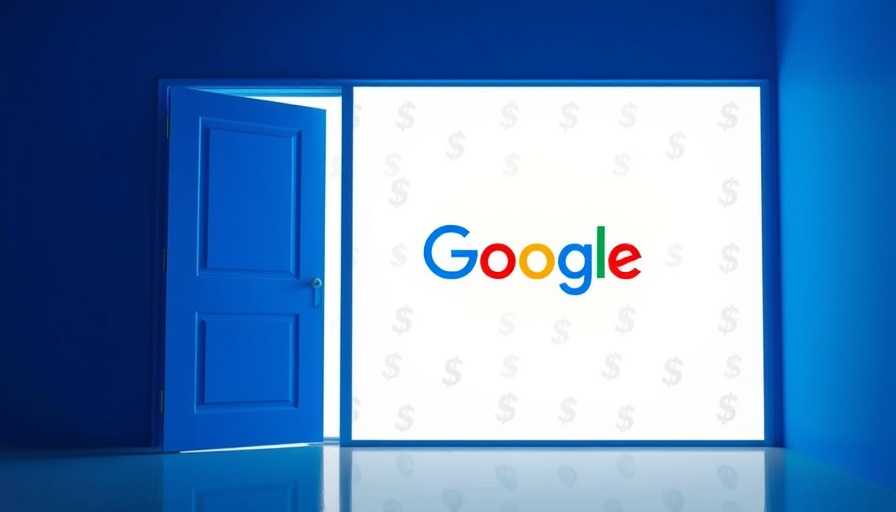
Understanding the Hidden Costs of Google Ads
Many brands are unaware of the hidden costs involved in running Google Ads, often leading to an unexpected drain on their marketing budgets. The issue arises largely from a lack of awareness of how branded ads may not just be ineffective, but may also be costing more due to overspending.
Why Are You Paying More Than Necessary?
The problem often lies in brands unknowingly competing against themselves. This self-competition can inflate costs per click (CPC) even when there’s little or no real competition in the marketplace. Understanding this concept is crucial for any brand looking to maximize their digital marketing budget.
How To Detect Branded Ad Waste
To prevent branded ad waste, brands must routinely analyze their current advertising strategies. You'll want to look into your search accounts to spot any unnecessary spends. Consider questions like: Are your branded keywords driving actual users, or are you simply paying to ensure visibility that might be unnecessary?
Real-Life Examples of Excess Spending
Consider a company that operates in a niche market. If they have strong brand recognition, but are still bidding on their own brand keywords, they may be unnecessarily inflating their CPC. By analyzing their performance and adjusting their bids, they can save significant amounts of money over time.
Practical Strategies to Reclaim Your Budget
- Audit Your Keyword List: Evaluate your current keywords. Are you bidding on terms that already drive traffic to your site organically?
- Implement Negative Keywords: Use negative keywords to avoid bidding on terms irrelevant to your brand.
- Utilize Tools Like BrandPilot AI: This tool aids in identifying unnecessary ad spends and provides insights into optimizing campaigns.
The Bottom Line: Knowledge Is Power
The upcoming live session with BrandPilot AI is invaluable to brands seeking to improve their Google Ads performance. By attending, you will gain insights into how to diagnose and eliminate the hidden flaws in your ad spend, ensuring your marketing budget truly reflects your brand's needs.
Join the conversation and take decisive action to rectify any overspending on your Google Ads, ensuring your budget is used efficiently every step of the way.
 Add Row
Add Row  Add
Add 




Write A Comment